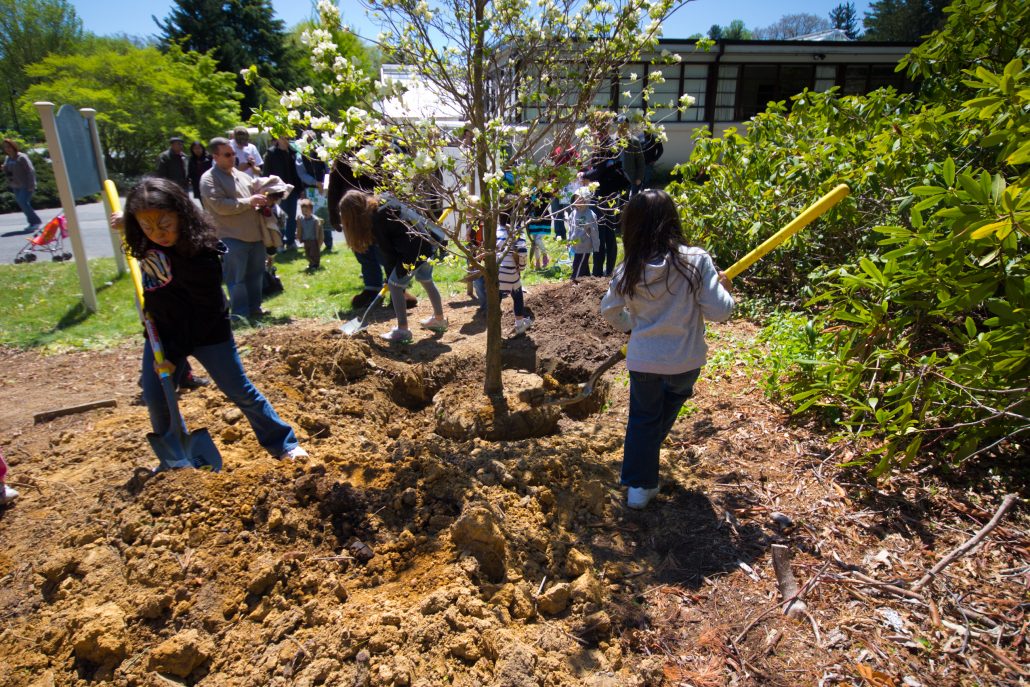When you’re going to spend a lot of our money in our community can we please be asked how best to spend it?
The debate around whether public services should be run by the private sector or the public sector, is one that is often driven by dogma rather than any dispassionate assessment about what will actually be best for people and their communities. One significant absence is the failure to ask: “could the community not do this better than either the public or the private sector?” It is a question that is not always uppermost in commissioners’ minds when determining service strategy. I want to highlight this through two recent examples.
The first relates to an NHS building which was formerly a rural community hospital and has recently been turned into a community health and wellbeing centre. As a result of a recent project, I visited it and was impressed by the quality of the building (it had recently been refurbished at significant expense) but the place seemed virtually empty. There is a cavernous, vacant, waiting area and many of the rooms, though excellently kitted out, were not used. I heard from a worker there that one of the tenants had just moved out because the rent was too high. I spoke to the local GP practice to understand why they were not located in the building – they could not reach a sensible deal about letting space in the building from the landlord (NHS Property Services). Despite all this empty space there was nothing in terms of promotional material to suggest that there was space for hire. So I decided to investigate and asked whose responsibility was it to “sweat this asset”? I was directed to NHS Property Services, whom I contacted and asked how the letting of space worked. The helpful member of staff told me they set a “market rate” and if existing tenants or prospective tenants don’t like it then tough. I challenged him by saying that surely the “market rate” is what the person who has just terminated her contract with you is now paying for similar space in town (i.e. significantly cheaper)? So why would NHS Property Services behave in such an uncommercial way? The answer was startling, and in fact worrying, given the state of NHS funding. This is the way it works – if there are “voids” then the local Clinical Commissioning Group (CCG) picks up the cost. So effectively NHS Property Services are incentivised to keep the place empty – that way they get the same rent but don’t have to bother with any pesky tenants. NHS Property Services charge the local CCG almost £500,000 pa for being in the building – given that the local community spends (via the CCG) in total c. £1m on non-elective hospital admissions, £0.5m is a staggering amount of money to be spanking on property (a big chunk of which is empty). Amongst this £500,000 were cost items such as £16,800 for “income generation” – would be good to see that itemised! Corporate overhead and Management fees amounted to £37,000 pa. The list goes on. Also attached to this building is a small birthing unit which has one or two midwifes at different times offering pre-natal and post-natal services. Mainly though the space is set aside for births. Unfortunately, last year they only had five births – the unit was charged £50,000 by NHS Property Services for the space, that’s in addition to the £500,000! As the midwife said to me they’d do better paying people to go to the Portland Hospital in London and putting the immediate family up in the Ritz.
The point of all this is why is the community not given a chance to do this better? If they put the marketing or running of this facility into the hands of a local group it is almost impossible to conceive of them making more of a hash of it than currently being achieved by NHS Property Services – and there could be a great incentive for the community – lift the use, bring in some “real” revenue and we will share the upside with you.
My other example relates to a community centre in an urban area in the north of England. Recently the contractor who has the contract for housing repairs and maintenance of the council’s community centres started work doing “planned maintenance” to the Community Centre. Next door to the community centre is another building. This in the past was a venue for older members of the community to meet and socialise. Sadly, it has been unoccupied for a long time because it is in a poor state of repair. The community, through local people and local charities, have been trying to get the council to fix the dilapidated building but there is no money and the repairs are way down a priority list. What would have happened if the community had been properly approached and been involved in a discussion about how best to use the budget that was set aside for the community centre’s planned maintenance (well into six figures)? They might well have had a conversation that asked: “Do we need to do all of this work – what is really essential to us? If we got some volunteers together would that help the budget go further? There’s a couple of local developers we’re in touch with that might help fund the refurb of the dilapidated building if there was some recognition for them. If we could do that could we direct some of the money, earmarked for the community centre maintenance, to bringing the dilapidated building back into use so that we can make it available for much needed community use. Maybe even, as a result, we’d reduce loneliness and isolation among our older population with all the benefits that would bring?” This conversation never really happened though and ultimately that’s not a criticism of the contractor or the council but a plea to the “system” that – “when you’re going to spend a lot of our money in our community can we please be asked how best to spend it?”.





Leave a Reply
Want to join the discussion?Feel free to contribute!